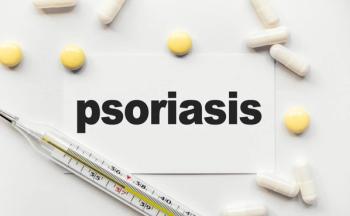
FDA Clears First Daytime Treatment Device for Obstructive Sleep Apnea
The FDA approved a prescription tongue muscle stimulation device that claims to reduce mild sleep apnea and snoring in patients with obstructive sleep apnea.
The FDA recently
Compared with prior devices used at nighttime for the treatment of OSA, such as
The approval comes after the FDA assessed the safety and effectiveness of the device in 115 patients with snoring, including 48 patients with comorbid snoring and mild sleep apnea. Each participant underwent eXciteOSA therapy for 20 minutes once a day for 6 weeks.
After being reassessed 2 weeks following therapy discontinuation, the percent of time spent snoring at levels louder than
“Obstructive sleep apnea not only impacts sleep quality, but can have other serious health impacts if untreated. Today’s authorization offers a new option for the thousands of individuals who experience snoring or mild sleep apnea,” said Malvina Eydelman, MD, director of the Office of Ophthalmic, Anesthesia, Respiratory, ENT and Dental Devices in the FDA’s Center for Devices and Radiological Health, in a
Through a silicone mouthpiece with 4 electrodes distributed above and below the tongue, the device delivers electrical muscle stimulation in sessions that consist of a series of electrical pulses, with rest periods in between. Similar to the study, its recommended use is for 20 minutes once a day during a wakeful state for 6 weeks and once a week after initial therapy.
Notably, eXciteOSA is not intended for patients with diagnosed severe OSA, represented by AHI levels of 15 and higher. The device is also contraindicated for patients with pacemakers or implanted pacing leads, who are pregnant, who have ulcerations in or around the mouth, and who have various dental and orthodontic hardware, such as dental braces.
A comprehensive dental examination was additionally recommended prior to use of the device, with the most common adverse events including excessive salivation, tongue or tooth discomfort, tongue tingling, dental filling sensitivity, metallic taste, gagging, and tight jaw.
The FDA’s marketing authorization was granted to Signifier Medical Technologies, LLC, who manufactures eXciteOSA.
Newsletter
Stay ahead of policy, cost, and value—subscribe to AJMC for expert insights at the intersection of clinical care and health economics.







































